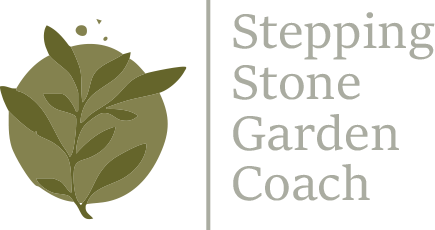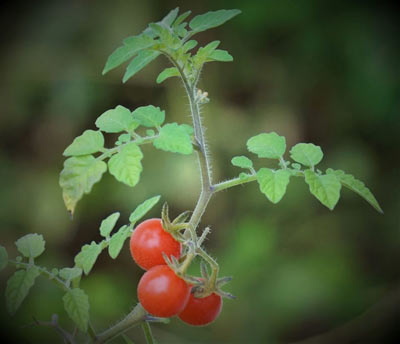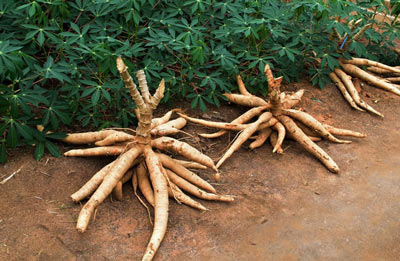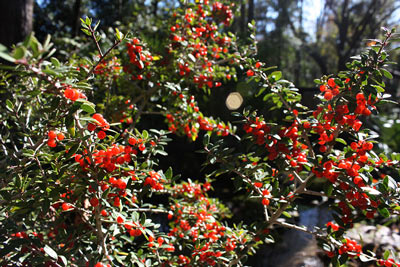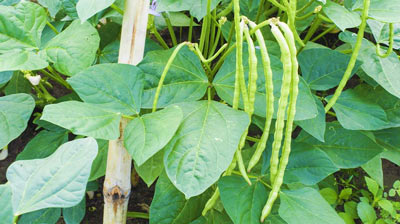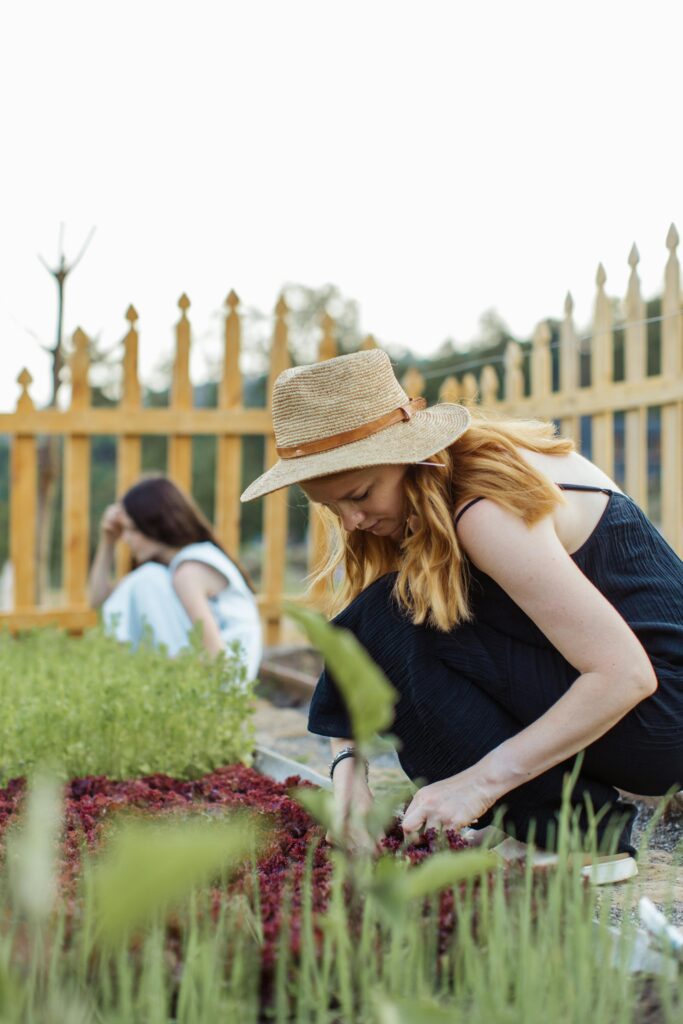
Florida’s gardening history is as rich and diverse as its landscapes. Before modern agriculture took over with high-maintenance lawns and imported crops, native peoples, early settlers, and Florida homesteaders relied on a unique set of plants—crops that thrived in the heat, humidity, sandy soil, and hurricane-prone climate of the Sunshine State.
Many of these crops have fallen out of favor in recent decades, replaced by supermarket varieties that require excessive irrigation and pest control. But if you’re a Florida gardener looking for resilient, sustainable, and deeply rooted plants, it’s time to rediscover these lost crops and heirloom treasures.
Seminole Pumpkin (Cucurbita moschata)
Why It’s Special: This heat-tolerant, pest-resistant, and hurricane-proof squash was cultivated by the Seminole people long before European settlers arrived. Unlike grocery store pumpkins, it thrives in Florida’s climate with minimal care.
How to Grow It:
- Plant in spring or summer with plenty of space for vines to sprawl.
- Can be grown up trees to mimic traditional Seminole planting methods.
- Fruits ripen in fall and store for months without refrigeration.
Why It Deserves a Comeback: Unlike most pumpkins, which struggle in Florida’s humidity, Seminole pumpkins actually love it. They produce sweet, firm-fleshed fruit that’s perfect for soups, pies, and roasting.
Everglades Tomato (Solanum pimpinellifolium)
Why It’s Special: This tiny cherry tomato is one of the few varieties that thrives in Florida’s brutal summers. Originally a wild plant, it requires almost no maintenance and self-seeds year after year.
How to Grow It:
- Plant in spring, summer, or fall—it thrives year-round in South Florida.
- Tolerates drought, pests, and humidity better than hybrid tomatoes.
- Let it self-seed for continuous harvests.
Why It Deserves a Comeback: Ever tried growing regular tomatoes in Florida? It’s a struggle. This wild tomato doesn’t just survive—it thrives. It may not be as big as store-bought varieties, but its sweet, complex flavor makes up for its size.
Cassava (Manihot esculenta)
Why It’s Special: A staple crop throughout the Caribbean, Africa, and South America, cassava (also called yuca) was once a common crop in Florida gardens. This drought-resistant root vegetable produces starchy tubers used in making cassava flour, fries, and even tapioca.
How to Grow It:
- Grows from cuttings, not seeds—just stick a stem in the ground.
- Requires full sun and well-drained soil.
- Harvest after 9–12 months, but roots can stay in the ground for storage.
Why It Deserves a Comeback: It’s a zero-maintenance crop that thrives in poor soil and extreme heat. If you want a food security plant that won’t fail, cassava is a must.
Yaupon Holly (Ilex vomitoria)
Why It’s Special: Florida’s only native caffeine plant, yaupon holly was once used by Indigenous tribes as a ceremonial tea. Unlike coffee or imported tea, it’s naturally drought-resistant, pest-proof, and grows as a native shrub.
How to Grow It:
- Plant in fall or spring as a hedge or small tree.
- Can be pruned into a tea-producing shrub.
- Leaves can be harvested, dried, and roasted to make smooth, non-bitter tea.
Why It Deserves a Comeback: Why rely on imported coffee or tea when Florida already has a native caffeine source? Yaupon holly tea is packed with antioxidants, smooth in flavor, and grows without chemicals or irrigation.
Southern Peas (Cowpeas, Black-Eyed Peas, Crowder Peas)
Why They’re Special: Before green beans became the norm, southern peas were a staple crop for Florida homesteaders. They fix nitrogen in the soil, require no fertilizers, and thrive in extreme heat.
How to Grow Them:
- Plant in spring through summer.
- Needs very little water and improves soil health.
- Produces pods packed with protein that can be eaten fresh or dried.
Why They Deserve a Comeback: These peas are tougher than beans, more nutritious, and actually improve your garden soil. They’re an easy protein source that works in poor conditions.
Bringing Back the Forgotten Florida Garden
These heirloom crops weren’t just grown in Florida—they were grown because they thrived in Florida.
In an era where gardening often feels difficult, we should look back to the plants that made life easier for Indigenous peoples, early settlers, and homesteaders.
By incorporating Seminole pumpkins, Everglades tomatoes, cassava, yaupon holly, and southern peas into our modern gardens, we’re not just reviving history—we’re making gardening in Florida easier, more sustainable, and more resilient.
So next time you plan your garden, consider planting something forgotten. Because sometimes, the best way forward is to look back.
